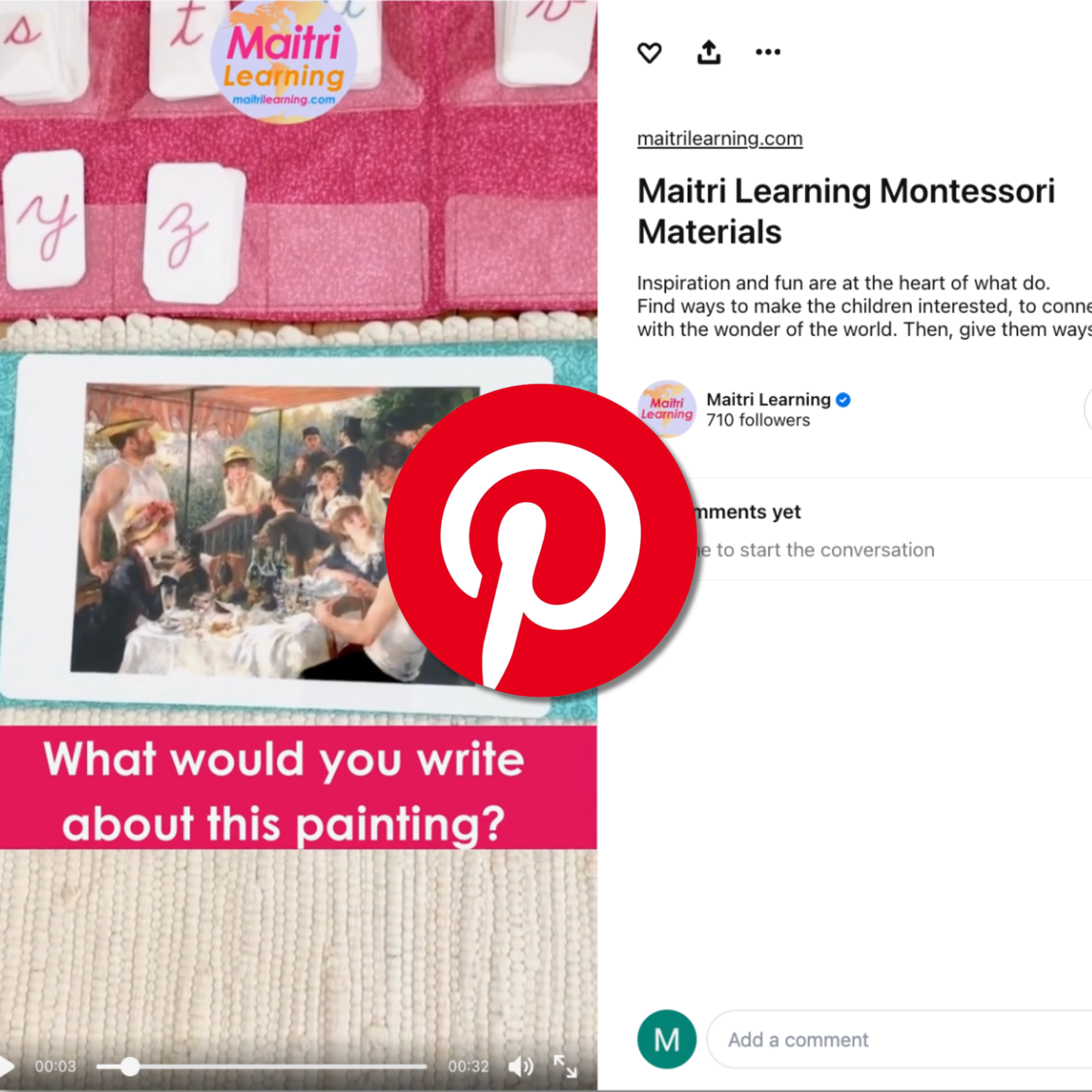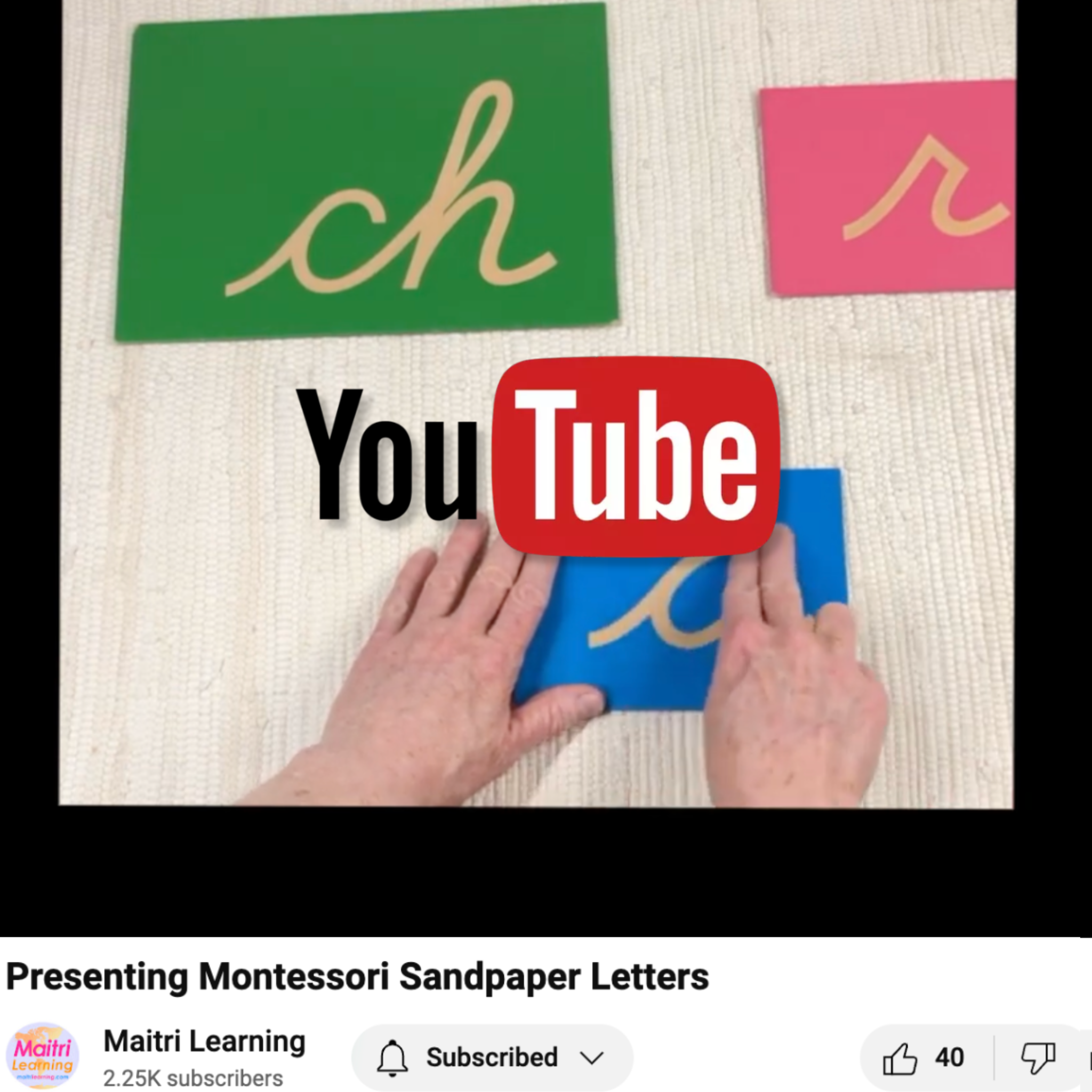Less is more: Crowding the visual field

We know it. We're supposed to have orderly, uncluttered, just drop-dead gorgeous environments for our children. But most of us have a hard time making this a reality. We find new things we put together for the children and add them to the shelves. We have a pile of "stuff" we're going to get to that keeps getting larger and dustier. We're hanging kids artwork up all over the place because that's what we're supposed to do to validate their effort, right?
Well, there are a couple of studies I want to share with you to help you pump up your anti-clutter engines. First, is a study by Fisher, Godwin, and Seltman (2014) that looked at how well kindergartners could learn in an uncluttered (see picture below) versus highly decorated (see picture above) classrooms. What do you think they found? Now before you guess, just look at the pictures. The top one is wicked interesting! There is so much to see, lots of pretty colors, and great inspiration like MLK. I mean, isn't that what we're going for? Now look below. Boring.

Well, as you might expect by the focus of this post, the boring, uncluttered class won. "Children were more distracted by the visual environment, spent more time off task, and demonstrated smaller learning gains when the walls were highly decorated than when the decorations were removed."
Okay, so this is one study of kindergartners. Do we really have to believe it? Well, if you look at the research on how the visual field works, you might be more persuaded. Farzan, Rivera, and Whitney published a paper in 2009 on visual crowding. Their findings support a large body of research showing that we just can't concentrate and clearly see things that are surrounded by other stuff. Even if we stare at it for a while, we still can't see it that well if there's lots of things around it. Our visual system is easily distracted.
So, try an experiment for yourself. Take one area in your room and completely declutter it. Then, see what happens...
Farzin, F., Rivera, S. M., & Whitney, D. (2009). Holistic crowding of Mooney faces. Journal of Vision, 9(6), 18.
Fisher, A. V., Godwin, K. E., & Seltman, H. (2014). Visual Environment, Attention Allocation, and Learning in Young Children When Too Much of a Good Thing May Be Bad. Psychological science, 25(7), 1362-1370.








3 comments
Thanks! Very interesting for my teaching lessons
Elba Ramos
RZH, Hooray! I’m glad you are finding it useful. Your children are fortunate to have such an inquisitive learner for a parent. Your example will be essential for their own developing self concept. Wonderful.
Julia Volkman
Came across this website from a magazine. Why didn’t I find it before?? I’m a parent planning to homeschool and this website is an amazing resource.
RZH
Leave a comment
This site is protected by hCaptcha and the hCaptcha Privacy Policy and Terms of Service apply.